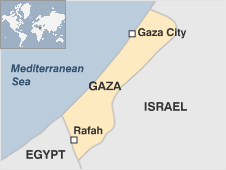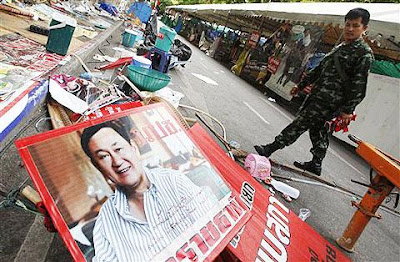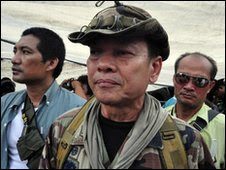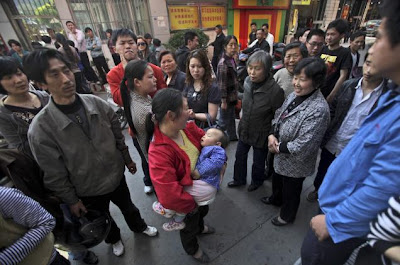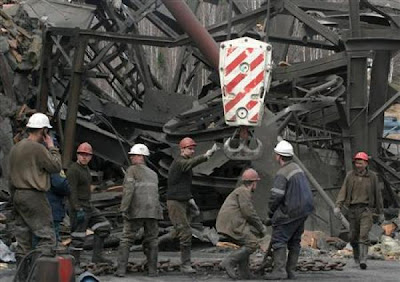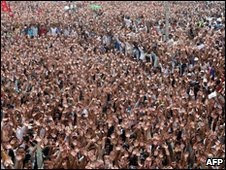Gunmen stormed two Pakistani mosques belonging to a minority sect in Lahore on Friday, taking worshippers hostage and sparking gun battles with police that left 17 people dead, officials said.
Gunfire and blasts rang out as the attackers, at least one of whom wore a suicide vest, stormed a mosque in the upscale neighborhood of Model Town and another in the busy area of Garhi Shahu as people gathered for weekly prayers.
They are both mosques of the Ahmadis, also known as Qadiani, and have tens of thousands of members. Rights groups say the sect has long been persecuted in Pakistan and has remained an occasional target of sectarian attacks.
Dunya TV showed one of the attackers atop the minaret of one of the mosques, firing an assault rifle and throwing hand grenades.
The mosques were several miles (kilometers) apart from each other, police officer Haider Ashraf said.
Officers outside one of the mosques in the Garhi Shahu district of Lahore were engaged in a fierce gunfight with the attackers, an Associated Press reporter at the scene said.
Pakistan has seen scores of attacks by groups of Islamist militants against Western, government and security force targets over the past three years. Lahore, the second largest city in the country and a vital a military and political center, has been the scene of several.
Many Islamist militants believe it is permissible or honorable to kill non-Muslims, or even those Muslims who do not share their extreme views.
The Ahmadis call themselves Muslims but believe their founder declared himself a prophet centuries after Muhammad, who other Muslims believe was the final prophet. They have long been subject to informal and state-sanctioned discrimination in Pakistan.
The government has declared them a non-Muslim minority and they are prohibited from calling themselves Muslims or engaging in Muslim practices such as reciting Islamic prayers.
Gunfire and blasts rang out as the attackers, at least one of whom wore a suicide vest, stormed a mosque in the upscale neighborhood of Model Town and another in the busy area of Garhi Shahu as people gathered for weekly prayers.
They are both mosques of the Ahmadis, also known as Qadiani, and have tens of thousands of members. Rights groups say the sect has long been persecuted in Pakistan and has remained an occasional target of sectarian attacks.
Dunya TV showed one of the attackers atop the minaret of one of the mosques, firing an assault rifle and throwing hand grenades.
The mosques were several miles (kilometers) apart from each other, police officer Haider Ashraf said.
Officers outside one of the mosques in the Garhi Shahu district of Lahore were engaged in a fierce gunfight with the attackers, an Associated Press reporter at the scene said.
Pakistan has seen scores of attacks by groups of Islamist militants against Western, government and security force targets over the past three years. Lahore, the second largest city in the country and a vital a military and political center, has been the scene of several.
Many Islamist militants believe it is permissible or honorable to kill non-Muslims, or even those Muslims who do not share their extreme views.
The Ahmadis call themselves Muslims but believe their founder declared himself a prophet centuries after Muhammad, who other Muslims believe was the final prophet. They have long been subject to informal and state-sanctioned discrimination in Pakistan.
The government has declared them a non-Muslim minority and they are prohibited from calling themselves Muslims or engaging in Muslim practices such as reciting Islamic prayers.
